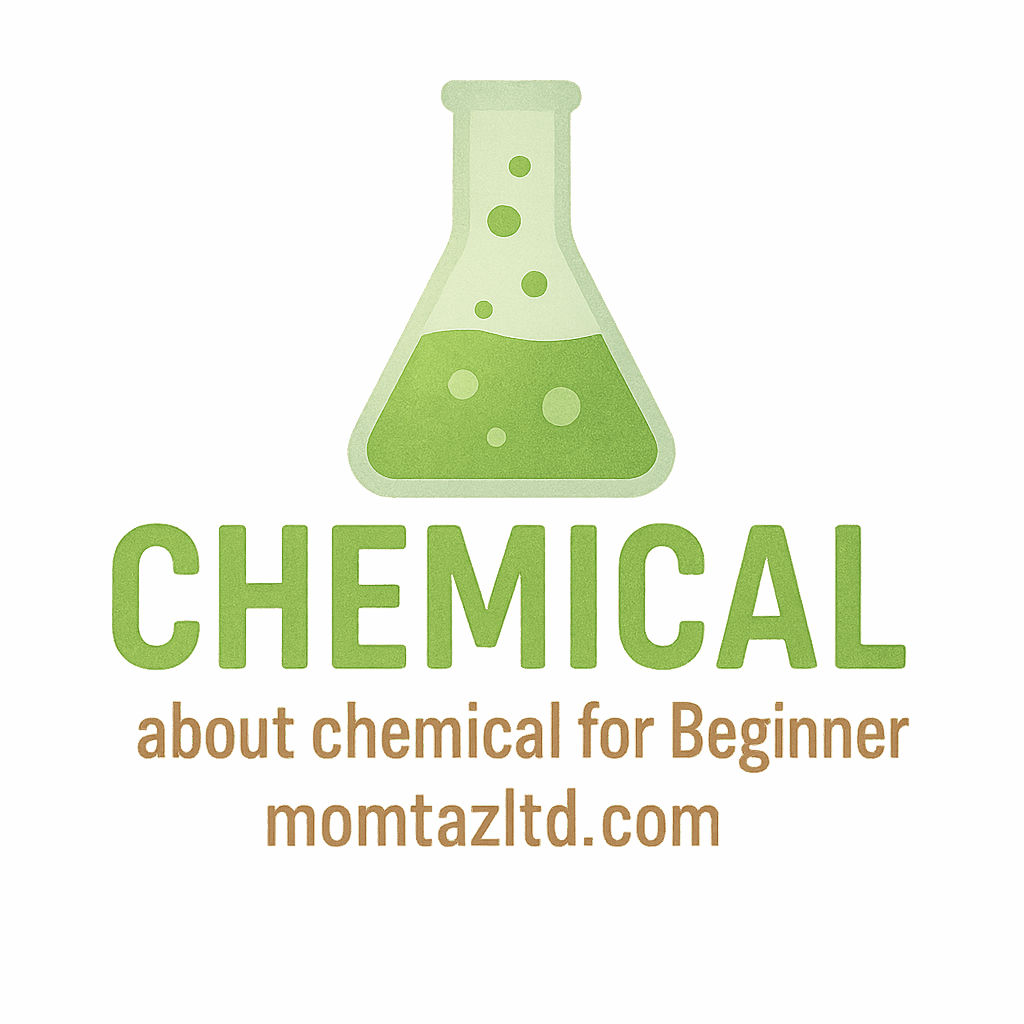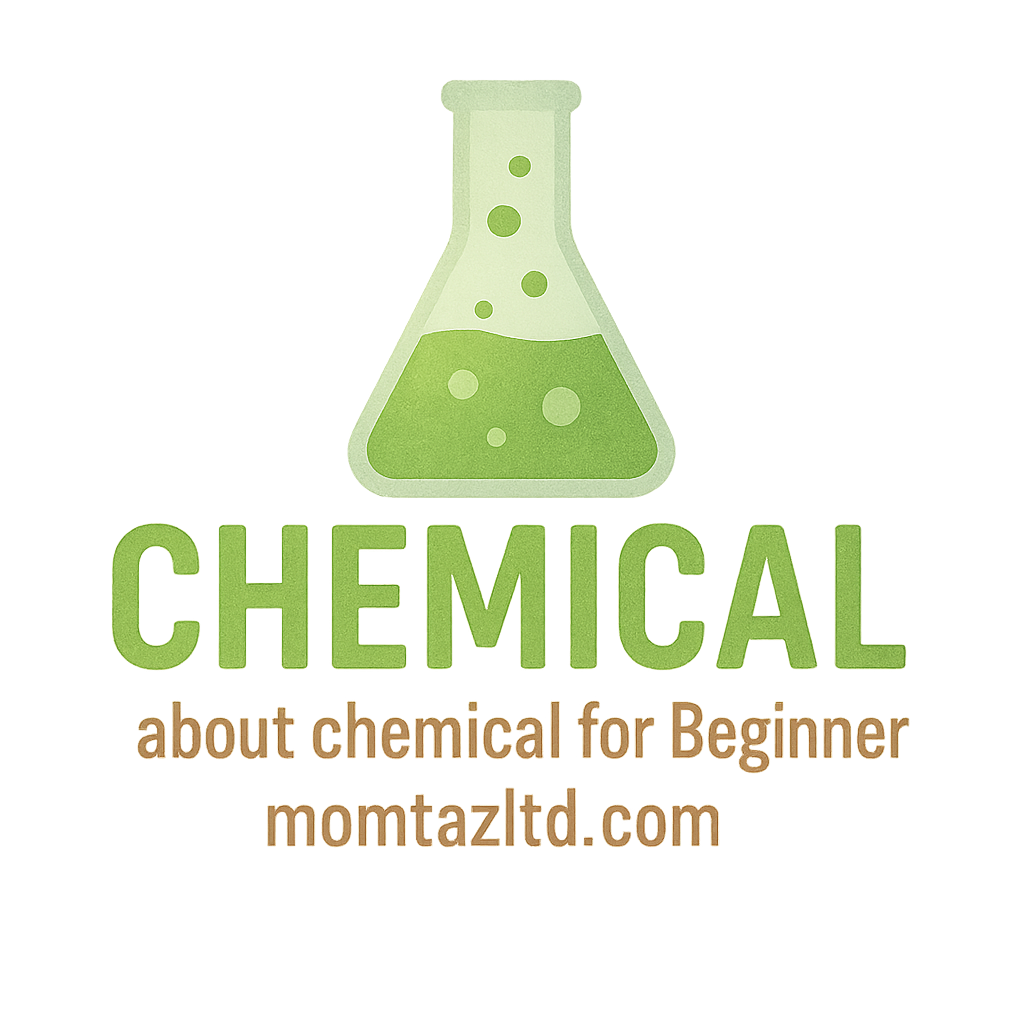Introduction to Gas Reactions
Ever mixed baking soda and vinegar as a kid and watched it fizz up like a mini volcano? That right there was your first taste of a gas reaction! Gas reactions are not only fun but also a fantastic way to learn the basics of chemistry without feeling overwhelmed. For beginners, starting with simple projects helps bridge the gap between curiosity and understanding.
In this guide, we’ll dive into 7 gas reaction projects with chemical for beginner that are safe, exciting, and easy to try at home or in a classroom. We’ll also sprinkle in some safety tips, science background, and insights into real-world applications.
Why Beginners Should Try Gas Reaction Projects
Gas reactions make chemistry come alive. Instead of just reading about molecules on paper, you can see them in action—bubbling, fizzing, inflating, or even producing smoke. For beginners, these projects are a low-pressure way to:
- Understand how chemical reactions produce gases.
- Gain hands-on experience without diving into advanced formulas.
- Spark interest in deeper chemistry topics like chemical basics or even careers in science.
Essential Safety Tips Before Starting
Before jumping into the fun experiments, let’s cover the golden rule of chemistry: safety first. Even simple reactions can surprise you if you’re not careful.
Wearing Protective Gear
Always wear safety goggles and gloves. This isn’t just a “lab-only” thing; even kitchen-based experiments need protection.
Ventilation and Workspace Setup
Gas reactions release—you guessed it—gas! Make sure your workspace is open, airy, or near a window.
Handling and Storing Chemicals Safely
Store chemicals properly, especially if you’re working with acids or household cleaners. Check out these resources on chemical storage and chemical safety.
Basic Chemistry Behind Gas Reactions
What Is a Gas Reaction?
A gas reaction occurs when two or more chemicals interact to release a gas as a product. You might see bubbles, fizzing, or even smoke depending on the reaction.
Common Gases in Beginner Experiments
Oxygen
Essential for life, oxygen is often produced in classroom experiments with hydrogen peroxide.
Carbon Dioxide
The bubbly star in your soda can—and in many beginner projects.
Hydrogen
A light, explosive gas produced when metals meet acids.
Ammonia
A strong-smelling gas often released from household cleaners.
7 Gas Reaction Projects with Chemical for Beginner
1. Baking Soda and Vinegar Gas Reaction
This classic project combines baking soda (a base) with vinegar (an acid) to produce carbon dioxide gas. The fizzing bubbles make it an all-time favorite.
- Materials: Baking soda, vinegar, a container.
- Reaction: NaHCO₃ + CH₃COOH → CO₂ + H₂O + NaC₂H₃O₂
2. Hydrogen Gas from Zinc and Acid
By mixing zinc metal with hydrochloric acid, beginners can see hydrogen gas form. Use a balloon to capture it.
- Materials: Zinc strips, dilute HCl, balloon.
- Safety: Work in a ventilated area!
3. Oxygen Production with Hydrogen Peroxide
Decompose hydrogen peroxide using yeast or manganese dioxide as a catalyst, and you’ll release oxygen gas.
- Materials: Hydrogen peroxide, yeast or catalyst.
- Observation: Bubbles and foam galore!
4. Carbon Dioxide Collection from Yeast Fermentation
Mix yeast, sugar, and warm water. As the yeast consumes sugar, it releases carbon dioxide gas, which can inflate a balloon.

5. Ammonia Gas from Household Cleaners
Mixing certain cleaners can release ammonia, a pungent gas. Beginners should do this under strict supervision.
- Internal tip: Learn more at household chemicals.
6. Simple Fire Extinguisher Project Using CO₂
By directing carbon dioxide from a baking soda and vinegar reaction toward a small candle flame, you can “extinguish” the fire safely.
7. Inflating a Balloon with a Gas Reaction
Whether using vinegar and baking soda or yeast and sugar, you can capture gas inside a balloon. A simple yet exciting way to see chemistry in action.
Tools and Materials You’ll Need
Most of these projects only need everyday items like plastic bottles, balloons, yeast, or vinegar. For advanced reactions, you may explore laboratory chemicals for controlled setups.
Recording Observations Like a Scientist
Want to feel like a pro? Write down:
- The time gas started forming.
- The amount of fizz or foam.
- How long the reaction lasted.
This habit prepares you for future lab experiments and advanced chemistry.
Common Mistakes Beginners Make
- Using too much chemical at once.
- Not measuring correctly.
- Forgetting to use protective gear.
- Mixing incompatible chemicals.
Avoiding these mistakes keeps the fun safe and educational.
Career Inspiration: From Beginner Projects to Chemical Science
Building Curiosity
Every chemist starts somewhere—usually with simple reactions at home or in school.
Learning from Chemical Scientists
Follow the journey of chemical scientists and their discoveries.
Exploring Careers in Chemistry
From industrial to household applications, the possibilities are endless. Explore more at chemical careers.
How Gas Reaction Projects Teach Real-Life Applications
Household Uses
Think cleaning agents and baking—yes, chemistry is everywhere! Learn more under household chemicals.
Industrial Uses
Gas reactions are vital in factories, fuels, and materials. Dive deeper into industrial chemicals.
Laboratory Practice
Students practice reactions before moving on to complex industrial processes.
Safety Recap: Preventing Chemical Accidents
Always prioritize safety when experimenting. Keep a first-aid kit nearby, label all containers, and check out resources on chemical accidents for guidance.
Conclusion
Exploring 7 gas reaction projects with chemical for beginner is like unlocking the magic door to chemistry. From fizzing carbon dioxide to bubbling oxygen, these experiments make learning fun, safe, and memorable. Whether you’re doing this at home, in school, or as a science hobby, the key is to stay curious, follow safety rules, and enjoy the process. Who knows? Today’s balloon experiment might just spark tomorrow’s career in chemistry!
FAQs
1. What is the easiest gas reaction project for beginners?
The baking soda and vinegar reaction—it’s simple, safe, and always fun.
2. Can I use household items for these projects?
Yes! Many involve ingredients like vinegar, baking soda, or yeast.
3. Are gas reactions dangerous?
They can be if safety isn’t followed. Always wear goggles, gloves, and ensure good ventilation.
4. How do I collect gases from these reactions?
Use balloons, test tubes, or inverted containers filled with water.
5. What’s the most exciting beginner gas to experiment with?
Hydrogen—it’s light and can even make a “pop” sound when ignited under controlled conditions.
6. Can kids try these gas reaction projects?
Yes, but always with adult supervision.
7. Where can I learn more about chemistry basics?
Check out resources like Momtaz Ltd and its guides on learn chemical and practice chemistry.


